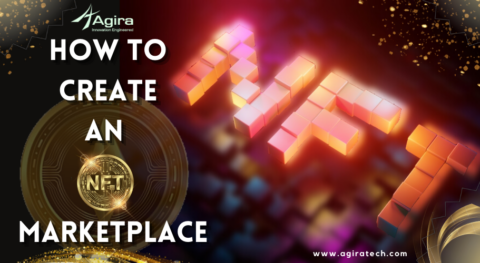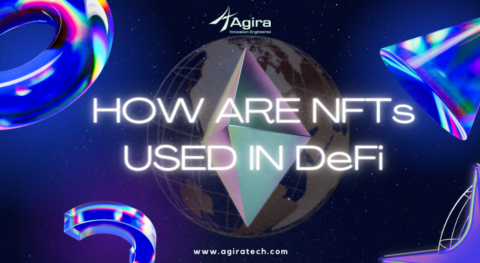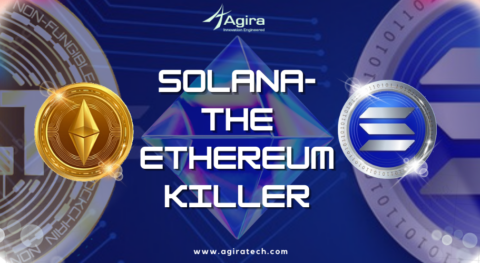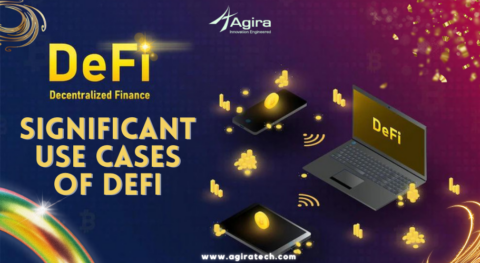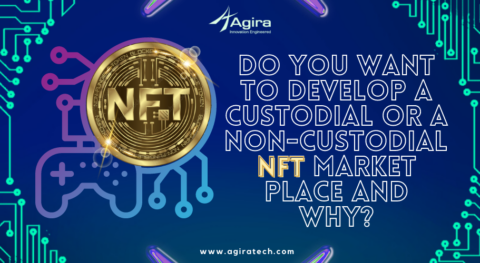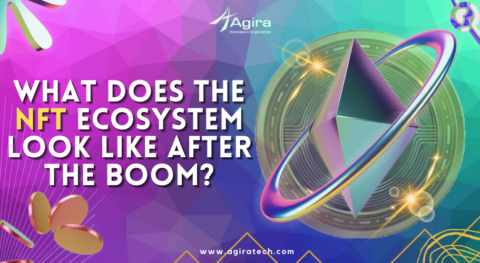Table of Contents
Given the upscaling popularity of Metaverse, the buzzword today is Web 3.0. Also termed as a decentralized web, this 3 rd installment is a significant improvement over its predecessor, Web 2.0. Today, the internet is more about social connectivity. Since Web 3.0 came into being, incredible facets such as the NFTs have taken the internet by storm.
But, how relevant are NFTs in the Web 3.0 platform? What is the future of the internet?
NFT in Web 3.0: Evolving Ownerships
Also known as Non-Fungible Tokens, this unique concept was first heard of in It is a unique twist to the traditional way of owning digital properties. NFTs use the blockchain ledger and have seen an increase in popularity within the collectible and art domain.
However, the potential use of NFTs is way beyond digital artworks. They can also be used for purchasing digital lands in the virtual world, such as Metaverse. NFTs also serve as a great option for next-generation digital music ownership, publishing, and licensing.
Some observers do see a scalable future with NFTs as a medium that offers buyers access to limited-edition products or special sales. There is potential for NFTs to be used as concert tickets or to log into an online video game. All this and more can happen over the internet using NFTs in future.
With NFTs, the possibilities are endless as they have the potential to be used for ownership of unique assets.
The Future of Web 3.0 and NFTs
A well-known American brand “Nike”, has already started working on the application and expansion of the use of NFTs. However, the use of NFTs in the consumer product domain is just the tip of the iceberg, with a lot more to explore.
Given that web 3.0 serves as a read, write, and interact web platform, the applications are endless. Web 3.0 houses several layers of technical innovation that include aspects such as:
• Decentralization
• Edge computing
• Machine learning
• Artificial intelligence
Edge computing has taken charge with the advent of web 3.0 and has been implemented in most data centers. This is complemented with a compilation of advanced computing features that are distributed among laptops, sensors, phones, appliances, & cars. This can help produce & consume about 160 times the data being produced today by the year 2025.
Data Privacy with Web 3.0
Given that web 3.0 would mostly rely on decentralization, it suggests that users would completely own the data generated by them. This helps users or data generators sell/trade the data without having to lose ownership, risking privacy, or even relying on intermediaries. Further, this helps enable users to securely log in without being tracked in any manner.
Conclusion
With time, even machine learning and artificial intelligence have advanced while adding value. Even though web 2.0 is powerful, its successor has similar capabilities with time testing tweaks. Web 3.0 is advanced to help deliver the internet’s need for AI along with accurate data and helps distinguish between genuine & fraudulent data or transactions.





